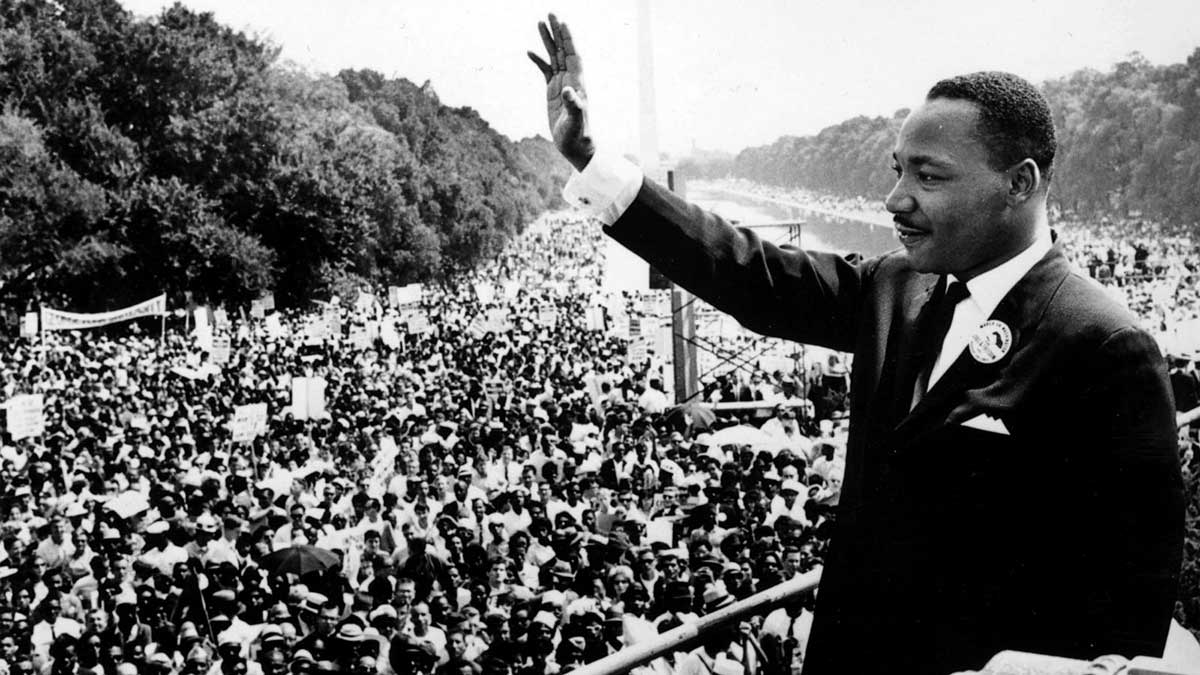The recent Los Angeles fire has been devastating, causing significant loss of life and property. The Los Angeles fire erupted earlier this week and has already claimed the lives of at least 11 people and destroyed over 12,000 structures. Entire neighborhoods, once home to multimillion-dollar properties, have been reduced to ashes. The financial toll of the Los Angeles fire is expected to be among the highest in U.S. history, with preliminary estimates suggesting damages between $135 billion and $150 billion.
AccuWeather’s chief meteorologist, Jonathan Porter, has stated that this Los Angeles fire could be the costliest in California’s modern history and possibly the entire U.S. due to the high-value real estate in the affected areas. The fire has been fueled by hurricane-force Santa Ana winds and an extreme drought, making containment efforts challenging. The insurance broker Aon PLC also predicts that this Los Angeles fire will surpass previous records, although they have not yet provided a specific estimate.
The Camp Fire in Paradise, California, which occurred in 2018, was previously the costliest wildfire in U.S. history, with damages amounting to $12.5 billion when adjusted for inflation. However, the current Los Angeles fire is expected to exceed this figure significantly. The densely populated areas and high-end properties in Pacific Palisades and Malibu have contributed to the staggering economic and human costs of the Los Angeles fire.
Moody’s analysts have also highlighted the unprecedented scale and intensity of the Los Angeles fire. Unlike previous wildfires that primarily affected inland areas with less expensive homes, the current Los Angeles fire has ravaged some of the most affluent neighborhoods in Los Angeles. This has led to a higher destruction per acre and a more substantial financial impact.
The long-term effects of the Los Angeles fire are yet to be fully understood. The immediate and long-term health care costs lost wages, and supply chain interruptions are just a few factors contributing to the overall economic loss. It may take several months to determine a concrete tally of the Los Angeles fire’s financial losses.
In conclusion, the Los Angeles fire is shaping up to be one of the most devastating natural disasters in U.S. history. The combination of extreme weather conditions, high-value properties, and densely populated areas has resulted in unprecedented destruction and economic loss. As containment efforts continue, the full extent of the damage from the Los Angeles fire will become clearer, but it is already evident that this disaster will have long-lasting repercussions.


